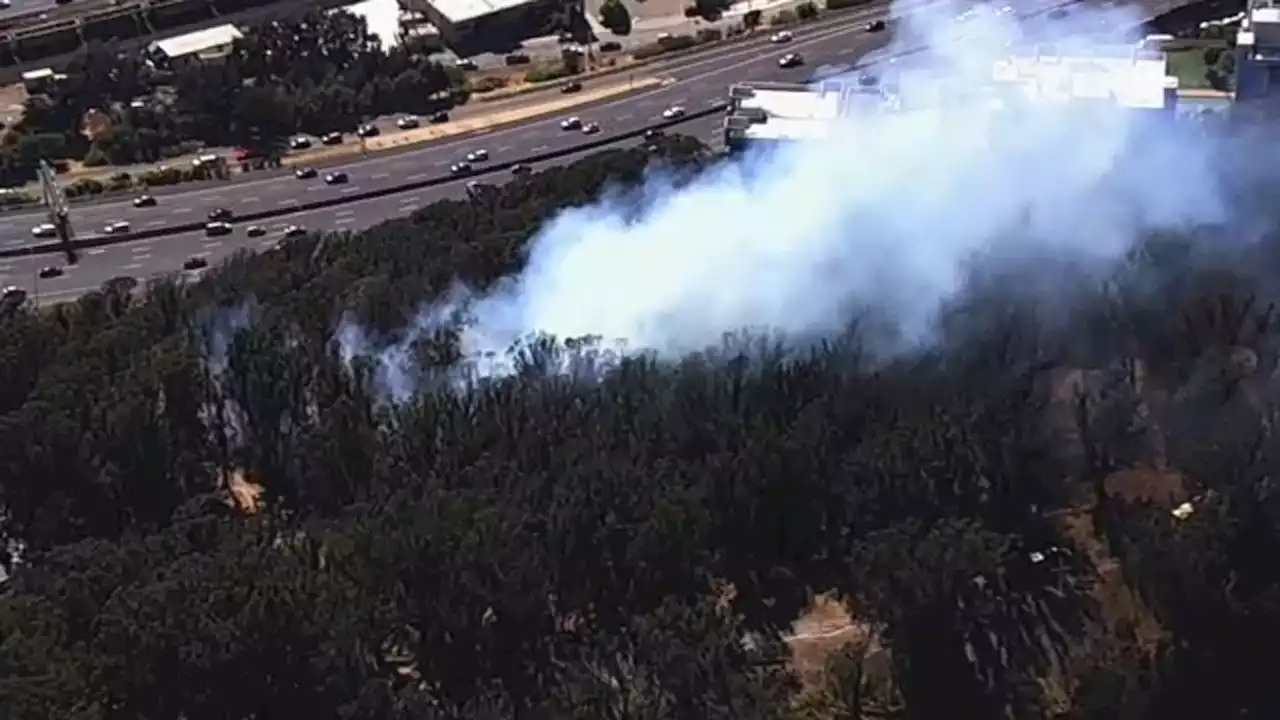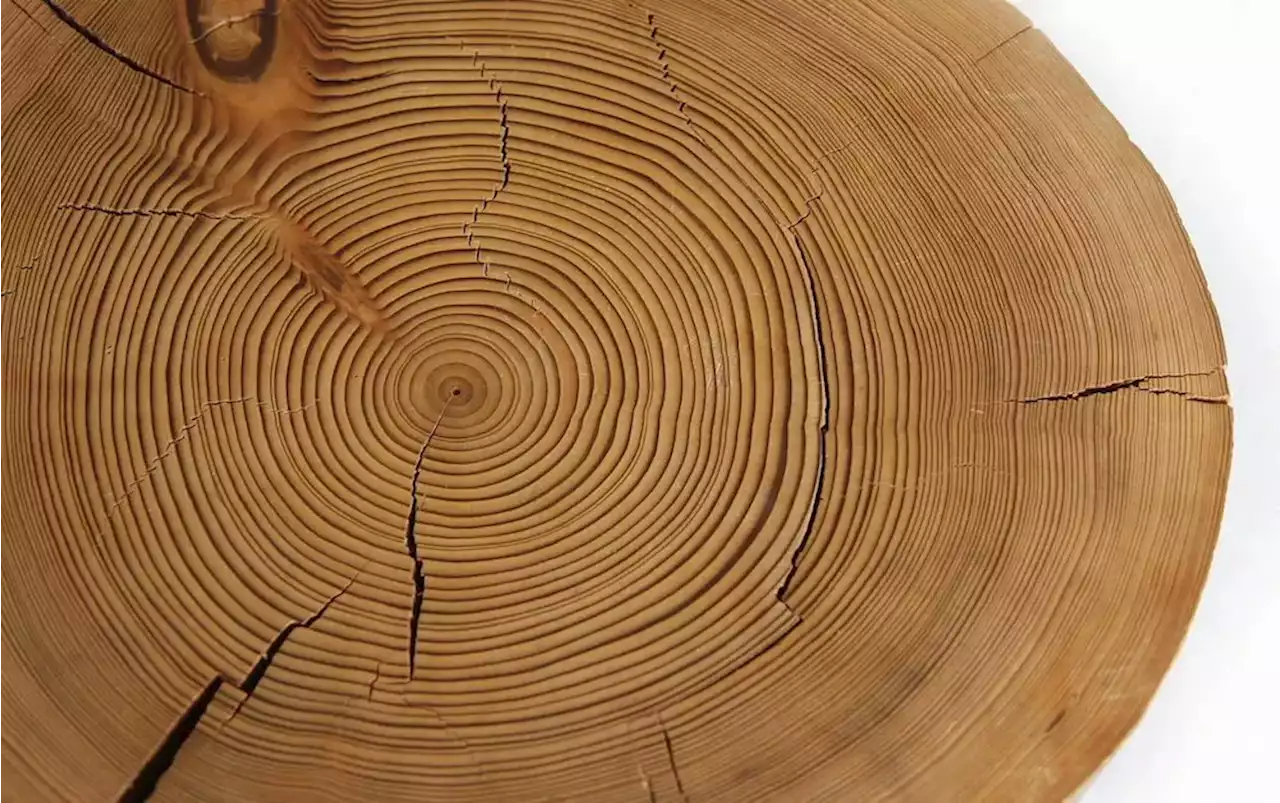The history of rainy years and droughts is inscribed in wide and narrow rings on this tree from Arizona. In a recent SAPIENS piece, Stephen Nash discusses how scientists are using dendroclimatology to investigate megadroughts in the western U.S.
I love trees. I also love dendrochronology—literally, “the study of tree time.” This science, which uses data derived from tree growth rings, provides scientists with a wealth of information relating to the conditions under which trees grow.
That is why tree rings make me nervous: The long-term picture these markers paint about megadroughts and climate change in the western U.S., where I live, is deeply troubling.The Dawn of A modern Megadrought Covering an area that includes the Four Corners states , the lower reaches of Nevada, southern California, and a large swath across northern Mexico, the North American Southwest is famous for its arid climate. Over the last 22 years, the region has suffered from severe drought.
Conceptually, dendroclimatology in the western U.S. is simple. Given the region’s natural aridity, it makes sense that a lack of precipitation can limit tree growth. As such, a dry year will cause many trees to produce a narrow growth ring, whereas a wet year will lead to a wide growth ring. Tree rings indicate there was another 22-year megadrought from 1571 to 1592 that was nearly as dry but not as hot as the current conditions. Anthropogenic climate change makes the deleterious effects of today’s megadrought that much worse, for it is significantly hotter now than it was in the late 16th century. Indeed, Park and colleagues suggest the current megadrought would be only about 60 percent as severe in the absence of anthropogenic climate change.
The instrumental stream-flow data they employed to inform the compact came from a 22-year period between 1900 and 1921. In an almost unbelievable twist of fate, the Colorado River enjoyed a significantly higher stream flow during that 22-year period than at any other period in the last 500 years! We now know this through tree-ring analyses.
To summarize, tree-ring analysis demonstrates that: the megadrought puts the U.S. Southwest in unprecedented and uncharted climatological territory, and the allocation of the area’s largest and most important water source was based on data from an unusually wet period and therefore would be insufficient to supply this now-booming region even if it weren’t in a megadrought. You simply cannot make this stuff up.
United States Latest News, United States Headlines
Similar News:You can also read news stories similar to this one that we have collected from other news sources.
 Oliver Tree Beats Up Fan Who Rushed Stage, VideoOliver Tree beats the crap out of fan who rushed the stage.
Oliver Tree Beats Up Fan Who Rushed Stage, VideoOliver Tree beats the crap out of fan who rushed the stage.
Read more »
 Driver Killed After Car Crashes Into Tree, Combusts in Chula Vista'The engine compartment combusted, which quickly spread to the driver's compartment,' Culver said. 'Several witnesses attempted to extricate the driver and extinguish the flames, but they were unsuccessful.'
Driver Killed After Car Crashes Into Tree, Combusts in Chula Vista'The engine compartment combusted, which quickly spread to the driver's compartment,' Culver said. 'Several witnesses attempted to extricate the driver and extinguish the flames, but they were unsuccessful.'
Read more »
 Beverly, Morgan Park residents organize Save the Trees campaign in fight to protect canopyResidents from Beverly and Morgan Park expressed outrage over what they described as alarming numbers of trees being removed from midways located between sidewalks and streets.
Beverly, Morgan Park residents organize Save the Trees campaign in fight to protect canopyResidents from Beverly and Morgan Park expressed outrage over what they described as alarming numbers of trees being removed from midways located between sidewalks and streets.
Read more »
 Fill Lake Powell? Coalition calling for more water to be stored in the reservoir faces tough road ahead.A group is advocating for a target elevation of 3,588 above sea level for the half-full lake, far above the level of 3,525 that was set in a 2017 drought contingency plan.
Fill Lake Powell? Coalition calling for more water to be stored in the reservoir faces tough road ahead.A group is advocating for a target elevation of 3,588 above sea level for the half-full lake, far above the level of 3,525 that was set in a 2017 drought contingency plan.
Read more »
 Evacuation orders lifted after vegetation fire burns close to homes in AlbanyUPDATE Evacuation orders lifted in Albany after vegetation fire burns close to homes and apartment complexes.
Evacuation orders lifted after vegetation fire burns close to homes in AlbanyUPDATE Evacuation orders lifted in Albany after vegetation fire burns close to homes and apartment complexes.
Read more »
